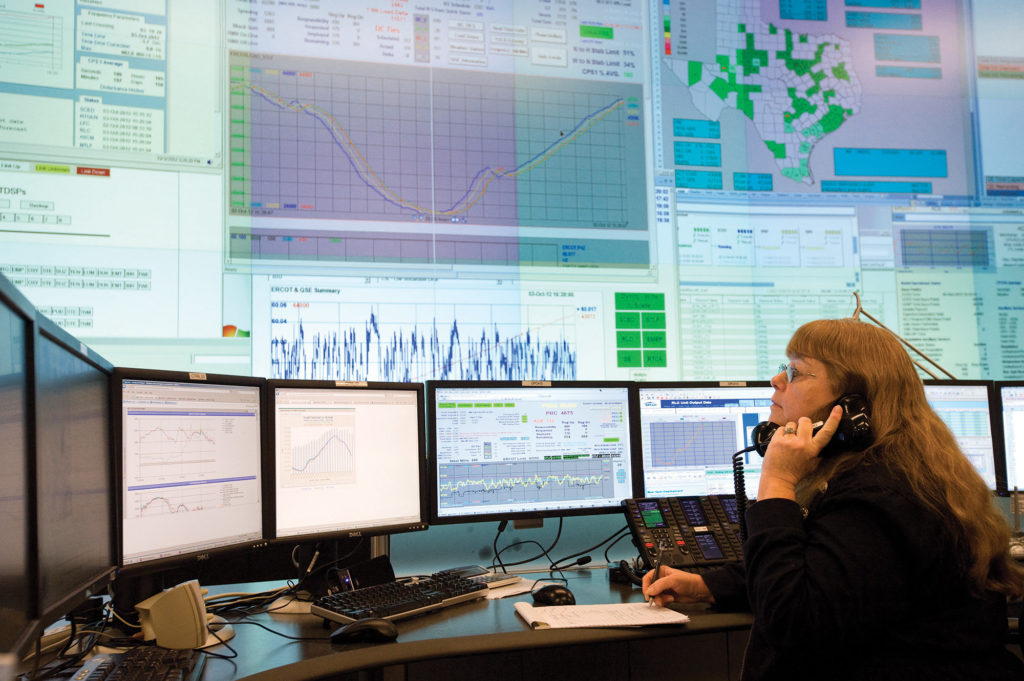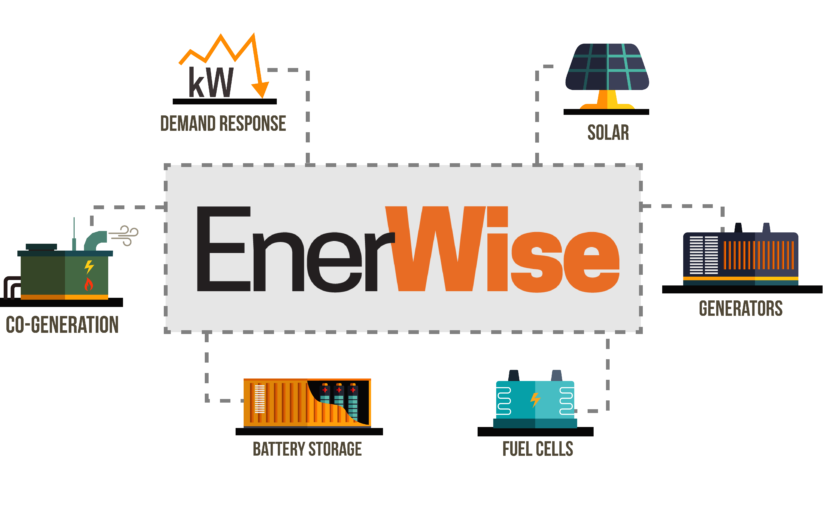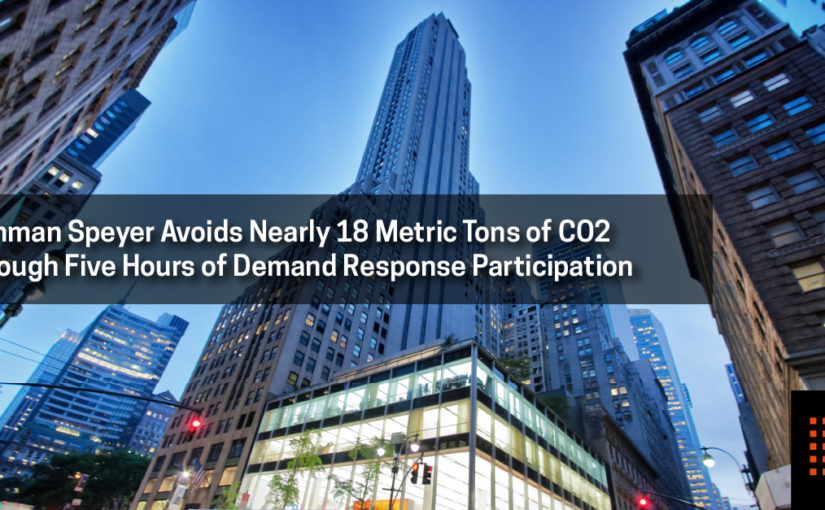Utility Veteran Jessica Lim Joins CPower as Vice President of Marketing
CPower Applauds New Connecticut ‘Energy Storage Solutions’ Program
CPower Launches EnerWise Site Optimization
CPower Recognized as a Leading Virtual Power Plant Provider
CPower Introduces CPowered™ Performance Solutions for Data Centers to Optimize Distributed Energy Resources
CPower Selected as 2021 S&P Global Platts Global Energy Awards Finalist for Maximizing Value of Distributed Energy Resources
How Will MOPR’s departure affect the ISO-NE market?
The Minimum Offer Price Rule (MOPR) exists to prohibit new capacity resources from offering into the market below their true, i.e. unsubsidized, costs.
MOPR has garnered its share of controversy since it was enacted a decade ago. The rule was introduced to address the concern about “buyer-side market power.” The concern is that an entity on the load side may have an incentive to offer supply into the capacity market at below-market prices in order to depress clearing prices, thus reducing capacity costs. This may degrade the economics for merchant players to the point where new capacity cannot be attracted when needed and existing resources that are needed for reliability may exit the market prematurely.
States in New England have essentially argued in recent years that MOPR infringes on their rights to determine their generation fuel mixes and unnecessarily keeps renewable resources from clearing the capacity market, requiring consumers to pay twice for capacity–once through a state procurement and a second time to purchase capacity to meet ISO-NE capacity requirements, which the state-procured resources cannot meet due to the MOPR.
In an interview on April 5, 2021, FERC Chairman Richard Glick sided with the states when he noted, “FERC has a responsibility under the Federal Power Act, essentially, to defer to the states, in terms of state decisions about what the generation resource mix should be like. But instead, we’ve implemented these MOPRs, at least in the three Eastern RTOs that have mandatory capacity markets, in a matter that really attempts to block the state clean energy policies or state energy policies in general.”
The issues at stake with MOPR are not going to be solved overnight but ISO-NE has started working on changes this month (June 2021). As part of this effort, ISO-NE intends to eliminate MOPR with Forward Capacity Auction 17 (2026/27 commitment period).
While the elimination of MOPR will help renewable resources to clear the capacity market and earn capacity revenues, without accompanying changes to address the price depressing effect of allowing resources to clear at prices below their true costs, the expectation is that capacity prices will plummet.
With a few thousand MWs of state-procured off-shore wind already on the books, and thousands of MWs yet to come, it is reasonable to expect these MWs will start showing up in Forward Capacity Auctions once the MOPR has been eliminated. That said, a set of contested changes pending at FERC could facilitate off-shore wind’s entry into the market a bit earlier if FERC sides with NEPOOL stakeholders over ISO-NE.
In any case, ISO-NE does feel it is important to make accompanying changes that are geared toward maintaining competitive pricing in the capacity market when MOPR goes away.
Tishman Speyer Avoids Nearly 18 Metric Tons of CO2 Through Five Hours of Demand Response Participation
ERCOT’S Roadmap to the Future Includes Distributed Energy Resources

On July 13, 2021, ERCOT announced the delivery of its “Roadmap to Improving Grid Reliability,” a 60-item plan that addresses needed improvements to ERCOT’s electric grid with the aim of avoiding future failures like the one experienced this past February when much of the state was left without power and over 200 people died amidst record-setting winter temperatures.
In an official press release announcing the Roadmap’s delivery, ERCOT Board member and Texas Public Utility Chairman claimed the map “puts a clear focus on protecting customers while also ensuring that Texas maintains free-market incentives to bring new generation to the state.”
The notion of the free market is one we at CPower have often discussed in explaining how the ERCOT market differs from others around the country. From its very founding, ERCOT’s energy-only market was designed to let economics, not legislation, drive the action within its marketplace.
In the wake of February’s tragedy–and the harrowing death toll certainly qualifies the event as such–there has been a wealth of debate in Texas and throughout the US on whether ERCOT’s economically driven approach to grid reliability is the best way to avoid future grid failure.
There is one curious item in ERCOT’s 60-item roadmap that is worth pointing out to large consumer and industrial organizations in Texas.
Item 19 concerning the future of distributed generation, energy storage, and demand response speaks to both legislative and financial methods of exacting change on a grid seeking to cross the bridge to energy’s future.
Item 19 of the roadmap reads as follows:
“Eliminate barriers to distributed generation, energy storage, and demand response/ flexibility to allow more resources to participate in the ERCOT market while also maintaining adequate reliability”
With this item, which is “on track” according to the roadmap, we see ERCOT is well on its way to implementing an improvement to its market that is rather similar to the intent of the Federal Energy Regulatory Commission’s Order 2222, which states:
“Order No. 2222 will help usher in the electric grid of the future and promote competition in electric markets by removing the barriers preventing distributed energy resources (DERs) from competing on a level playing field in the organized capacity, energy, and ancillary services markets run by regional grid operators.”
Language like what ERCOT submitted in its roadmap with item 19 wouldn’t raise an eyebrow had it come from any other deregulated US energy market outside of Texas.

That’s because other state and regional energy markets must comply with Order 2222 within FERC’s mandated period of time. ERCOT does not.
Here’s why:
Because its grid is isolated from the surrounding states, ERCOT’s market does not engage in interstate commerce and is therefore not under FERC’s jurisdiction.
Yet ERCOT appears to be on the road to creating a future marketplace that allows its grid to integrate the flexible DERs CPower and other demand-side energy management companies have been touting for years are necessary to maintain a balanced, dependable grid that is evolving to a cleaner future.
Here we have an example of ERCOT agreeing with Federal legislation despite the truth that they are under no legal obligation to do so.
Why?
In the simplest of terms, Order 2222 is a piece of legislation aimed at fostering just and reasonable competition in the wholesale marketplace.
ERCOT’s market is and always has been designed with competition in mind. Look no further than item 19’s language for proof that the future of ERCOT’s grid involves allowing more energy resources to enter the marketplace and compete, not fewer.
ERCOT is expressly stating that it believes more distributed generation, energy storage, and demand response in its marketplace is the best way to ensure a more reliable grid for Texas and more value for its market participants.
As the Supreme Court is fond of saying, it is written. As Texans like to say, let’s get to work and take care of business.








